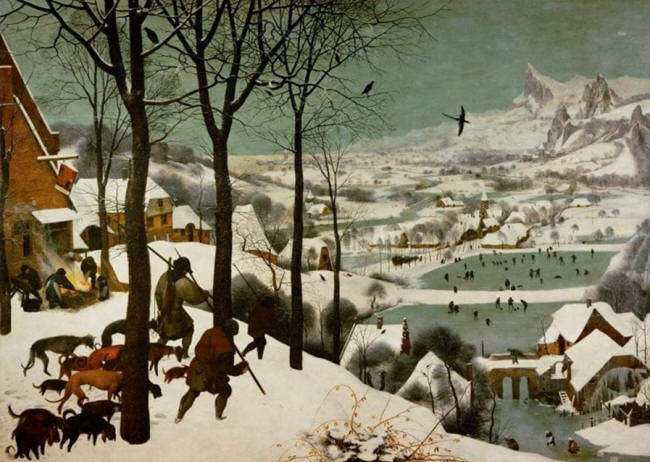|
by Tom Finnerty
Italian
version 1565.
There's some empirical data that can be examined, but even that can only be accurately interpreted when cross-referenced with the historical record - diaries, works of art, etc.
For instance, we partly know about the period known as the Little Ice Age because of the descriptions of the frigid weather of New England as described by the Puritans when they arrived in Massachusetts Bay in June of 1629.
Suffice it to say, they weren't used to seeing ice flows in the ocean in the middle of summer.
Along these same lines, Suzannah Lipscomb has written an article detailing the bizarre climatic irregularities of that same era.
It's an illuminating read at a time like ours when every environmental event - blizzards, tornados, forest fires, hurricanes, heavy rain, droughts - is blamed on "climate change."
Just a few decades later, there was incessant rain and years-long dampness across Europe, coupled with extremely low temperatures, with predictable results - four harvests in that ten year period were complete failures, causing widespread famine.
Shortly after that, in the "Great Frost" of 1607-1608, England grew so cold that,
A frozen Thames meant no ships entering the port of London, with disastrous economic results, and related civil unrest.
In the end, Lipscomb transitions to a discussion of how this history is relevant today because,
This is unfortunate, since she had just been discussing the unpredictable nature of the earth's climate.
She even admitted that "the warmest year for centuries" was 2003, almost twenty years ago...!
But overall, it's a valuable read, and bears out an observation of our contributor Christopher Horner, who said,
|


